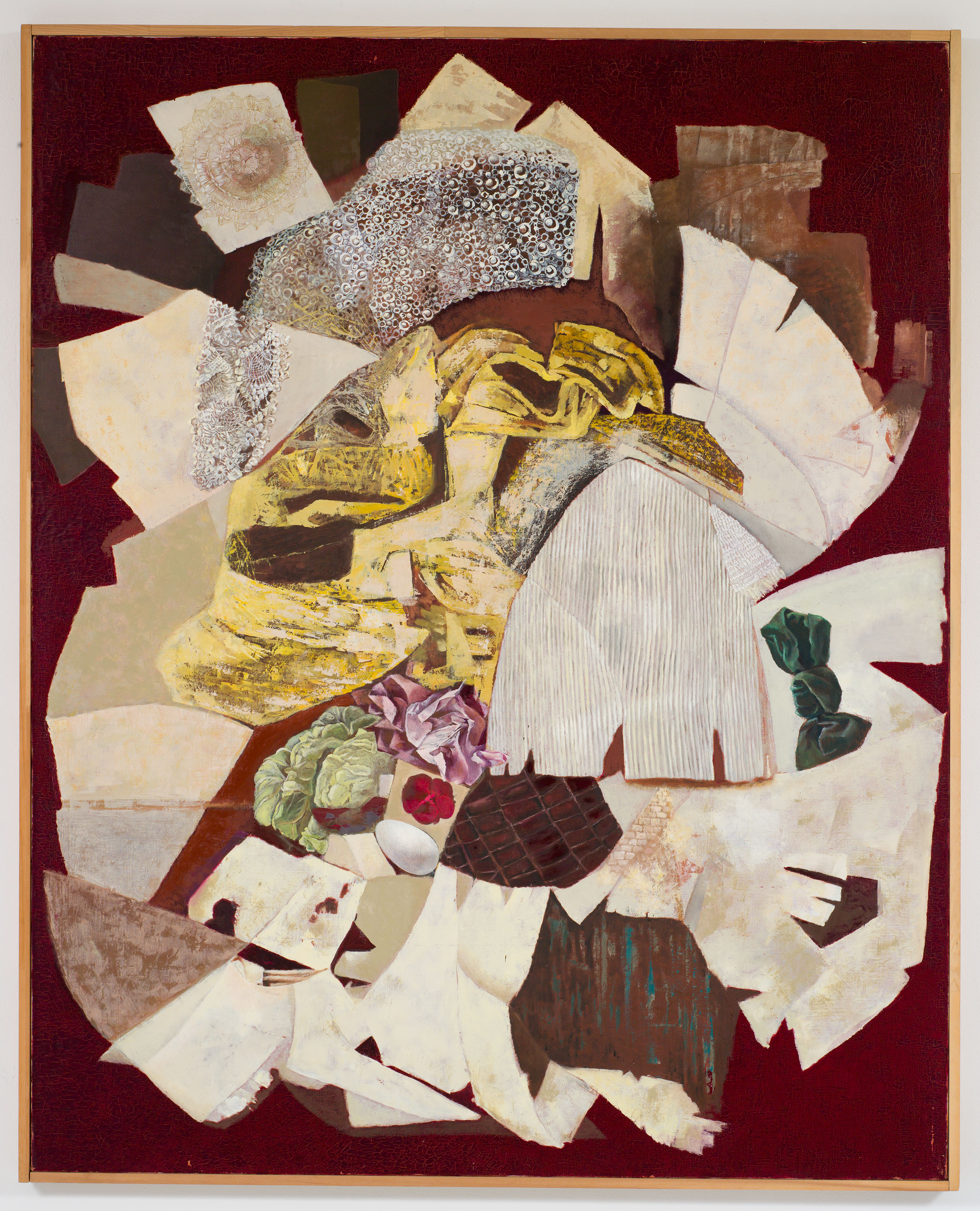
Yuki Katsura
1913–1991
ART WEEK TOKYO | NOVEMBER 2–5, 2023
SECTION 11
When we think about the dawn of abstraction in Japan, the first artists who come to mind are inevitably men: Koshiro Onchi, Yoshishige Saito, Saburo Hasegawa. These figures bridged the pre- and postwar scenes—especially Saito, who is no less significant for having taught many of the Mono-ha artists, such as Nobuo Sekine and Kishio Suga, at Tama Art University in the late 1960s.
But in fact Yuki Katsura (cat. nos. 86, 87), a woman, was just as important to the development of abstraction in Japan. Saito and Katsura surely influenced each other when they were peers in the Avant-Garde Western Painting Research Institute in the early 1930s. Subsequently, both were among the avant-garde painters who founded the Ninth Room Society in 1938. And Katsura was there again in 1948 for the establishment of the Night Society, which brought together the leading artistic and literary minds of the early postwar period. One reason Katsura remains underappreciated today may be because she did not have the opportunity to extend her influence at art schools like Saito did.
Certainly, there were women artists who were quick to achieve recognition in the postwar period, like Atsuko Tanaka (cat. no. 93) of the Gutai Art Association. Indeed, the most radical aspect of Gutai may be that the group had as many female members as it did, counting Tanaka and Tsuruko Yamazaki (cat. nos. 91, 92) among them.